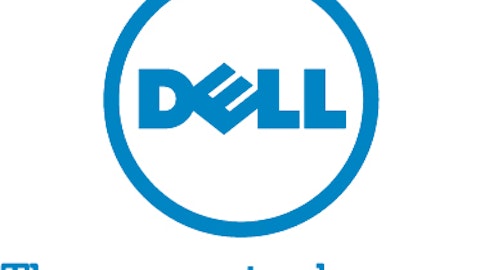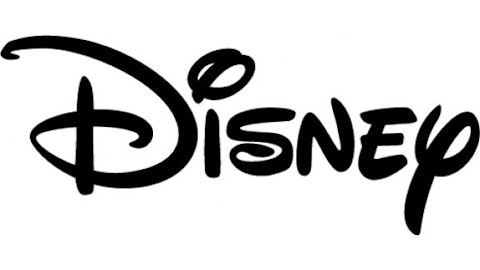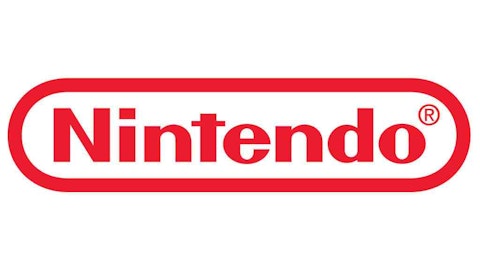Sony Corporation (ADR) (NYSE:SNE) became an industry icon through a focus on high-quality, innovative products, which provided profits to build out its media empire, including leading positions in music and motion pictures. However, its electronic product portfolio has been in free fall lately, with lower sales of televisions, PCs, and cameras leading to red ink on its income statement. Of course, Sony has some valuable assets, like Sony Pictures and its large financial operations, which has brought hedge fund Third Point to Sony Corporation (ADR) (NYSE:SNE)’s doorstep. With Third Point’s large 6.9% stake and its call for a split-up of the company, do the investment rewards outweigh the risks for investors?
Working through an identity crisis
Despite having high-profile media and financial services units, Sony Corporation (ADR) (NYSE:SNE) is primarily a manufacturer of electronic products, accounting for roughly two-thirds of its sales in FY2013. Unfortunately, its manufacturing segment has been notably weak recently, with declining unit volumes across its television, mobile products, and gaming segments. While Sony initiated a profit improvement plan in 2011, it is still a work in progress and has been hamstrung by weak economies in its core Japanese and European markets.
In its latest fiscal year, Sony Corporation (ADR) (NYSE:SNE)’s revenue growth was negligible, after adjusting for the consolidation of its former mobile joint venture with Ericsson. However, Sony did generate an uptick in its adjusted operating margin, 1.4% versus 0.6% in the prior year, primarily due to cost savings in its television segment. In addition, Sony’s financial services unit enjoyed solid profit growth as a result of rebounding equity markets around the world.
Looking ahead, Sony Corporation (ADR) (NYSE:SNE) is forecasting another gain in operating income in FY2014, contingent upon rising unit sales of its diversified electronic product offerings. Specifically, Sony is banking on new product sales, including its new PlayStation console, which it hopes will reinvigorate results in its gaming segment. Unfortunately, outside of its media and financial services units, Sony still doesn’t have a sustainable path to higher overall profit, given consumer shifts away from digital cameras and PCs.
Maybe Third Point has a point
Sony Corporation (ADR) (NYSE:SNE) seems to be in too many disparate businesses, which makes its overall success a difficult goal to achieve. Due to falling price points and profit compression in technology device manufacturing, Sony should probably split off its manufacturing businesses, providing capital to further expand its media empire into cable networks, similar to the strategy at competitors The Walt Disney Company (NYSE:DIS) and Time Warner Inc (NYSE:TWX). While both competitors had roots in Hollywood, television and cable networks now make up the lion’s share of their total revenues and operating profit.
In its latest fiscal year, Disney posted better financial results, despite a smaller than usual slate of feature films. For the period, the company reported increases in revenues and operating income of 3.4% and 13.9%, respectively, compared to the prior year. The Walt Disney Company (NYSE:DIS)’s profit jump was due to across-the-board gains, led by strong pricing in its media networks and parks segments.
Looking to the future, Disney is using its growing cash flow to reinvest in its diverse media businesses. In October 2012, it acquired Lucasfilm for roughly $4.1 billion, giving Disney ownership of the Star Wars franchise. While the company has designs on more movies, it will likely find substantial cross-selling opportunities in its cable networks, parks, and licensing businesses.
Meanwhile, Time Warner Inc (NYSE:TWX) also had a solid year in 2012 as strength in its television and cable networks offset continued weakness in its publishing unit. For the year, the company reported flat revenue growth and a 4.4% increase in adjusted operating income versus the prior year. Time Warner’s results benefited from rising rates in its cable networks segment, as well as a solid slate of feature films in its motion pictures unit, including new installments in the Batman and Hobbit franchises.
Like Disney, Time Warner is using its strong cash flow to reinvest in content, especially original programming for its Turner and HBO units. It is also pursuing shareholder value with large share repurchases and a plan to split off its Time publishing unit, after merger discussions failed to provide compelling offers. As with the divestiture of its AOL unit in 2009, Time Warner’s business repositioning should allow management to focus on its competitive strengths in cable and motion pictures.
The bottom line
Almost every conglomerate eventually spreads itself too thin, leading to sub-optimal returns for shareholders. After losing half of its value over the past five years, Sony Corporation (ADR) (NYSE:SNE) needs to speed up its restructuring process and rethink its mix of businesses. Given Third Point’s ability to extract value from its investments and Sony’s strong brand value, patient investors should take a long-term view and buy into this rebound story.
Robert Hanley has no position in any stocks mentioned. The Motley Fool recommends Walt Disney. The Motley Fool owns shares of Walt Disney. Robert is a member of The Motley Fool Blog Network — entries represent the personal opinion of the blogger and are not formally edited.
The article Can Shareholders Light a Fire Under This Icon? originally appeared on Fool.com and is written by Robert Hanley.
Copyright © 1995 – 2013 The Motley Fool, LLC. All rights reserved. The Motley Fool has a disclosure policy.





